Home>Furniture & Design>Outdoor Furniture>How To Prevent Mold In Outdoor Shed
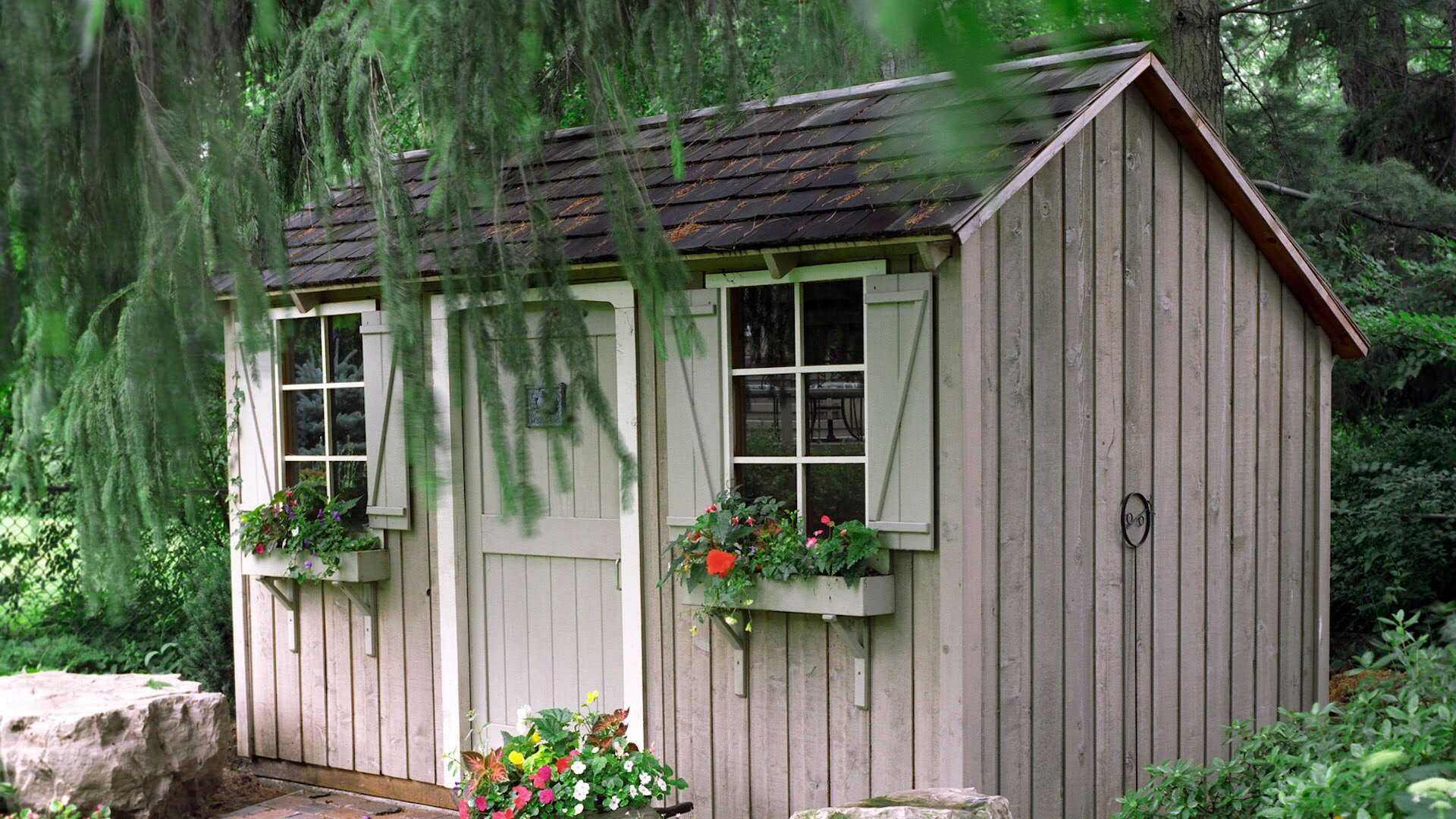

Outdoor Furniture
How To Prevent Mold In Outdoor Shed
Published: January 14, 2024
Learn how to prevent mold in your outdoor shed and protect your outdoor furniture with our expert tips and advice. Keep your outdoor space clean and mold-free. Outdoor furniture, furniture, and design.
(Many of the links in this article redirect to a specific reviewed product. Your purchase of these products through affiliate links helps to generate commission for Storables.com, at no extra cost. Learn more)
Introduction
Welcome to the world of outdoor sheds, where functionality meets style and design. Whether you use your outdoor shed for storage, as a workshop, or simply as a cozy retreat, it's essential to keep it in top condition. One common issue that outdoor shed owners face is the presence of mold. Mold not only affects the aesthetics of the shed but also poses potential health risks and can damage your belongings. In this comprehensive guide, we will delve into the world of outdoor sheds, understanding the nature of mold, identifying its presence, and most importantly, exploring effective strategies to prevent mold growth in your outdoor haven. So, let's embark on this journey to ensure that your outdoor shed remains a clean, safe, and inviting space for years to come.
Key Takeaways:
- Keep your outdoor shed mold-free by ensuring proper ventilation, controlling moisture, and using mold-resistant materials. Regular cleaning and decluttering also help maintain a healthy shed environment.
- Prevent mold in your outdoor shed by monitoring humidity levels, organizing and decluttering, and promptly addressing leaks and water infiltration. Regular inspections and maintenance are key to a mold-free shed.
Read more: How To Prevent Mold In An Outdoor Shed
Understanding Mold
Mold is a type of fungus that thrives in damp, humid, and poorly ventilated environments. It reproduces by releasing tiny spores that are invisible to the naked eye, making it easy for mold to spread and colonize various surfaces. When these spores land on a suitable surface, such as wood, fabric, or cardboard, and encounter moisture, they begin to grow and form visible patches. Outdoor sheds, especially those constructed from wood or metal, are particularly susceptible to mold growth due to their exposure to the elements and fluctuating temperatures.
There are various types of mold, with some being more harmful than others. While not all molds are toxic, prolonged exposure to mold spores and mycotoxins can lead to respiratory issues, allergies, and other health concerns. Additionally, mold can cause structural damage to the shed itself, compromising its integrity over time. Understanding the nature of mold and its potential consequences is crucial for implementing effective preventive measures and maintaining a healthy shed environment.
Identifying Mold in Outdoor Sheds
Recognizing the presence of mold in your outdoor shed is imperative for taking prompt action to address the issue. Mold can manifest in various forms and colors, ranging from black, green, or even white patches. These patches often appear fuzzy or slimy and can spread across surfaces if left unchecked. Additionally, mold emits a musty odor, which can be particularly noticeable in enclosed spaces such as sheds.
When inspecting your outdoor shed for mold, pay close attention to areas prone to moisture accumulation, such as corners, ceilings, and around windows or doors. Wooden surfaces, including shelves, walls, and flooring, are common targets for mold growth. Furthermore, fabric items stored in the shed, such as cushions or curtains, are susceptible to mold infestations, so be sure to inspect them as well.
It’s essential to differentiate between dirt, dust, and mold, as they can sometimes appear similar to the untrained eye. Mold often has a distinct texture and appearance, and it may cause discoloration or warping of the affected surfaces. If you notice any signs of mold or suspect its presence, it’s crucial to address the issue promptly to prevent further spread and potential health hazards.
Ensure proper ventilation in your outdoor shed by installing vents or leaving windows open. Use a dehumidifier to keep moisture levels low, and regularly inspect for any leaks or water damage.
Tips for Preventing Mold in Outdoor Sheds
Preventing mold growth in your outdoor shed involves proactive measures to control moisture, promote ventilation, and maintain a clean and dry environment. By implementing the following tips, you can significantly reduce the likelihood of mold taking hold in your cherished outdoor space:
- Proper Ventilation: Ensure that your outdoor shed is adequately ventilated to prevent the accumulation of stagnant, humid air. Consider installing vents or windows that can be opened to allow for air circulation, reducing moisture levels within the shed.
- Moisture Control: Address any sources of moisture within the shed, such as leaks or condensation. Regularly inspect the shed for signs of water intrusion and promptly repair any issues to prevent moisture buildup.
- Use Moisture-Resistant Materials: When constructing or renovating your shed, opt for materials that are resistant to moisture, such as pressure-treated wood, metal, or plastic. These materials are less susceptible to mold growth and can help maintain a drier environment.
- Keep the Shed Clean: Regularly clean the interior of the shed to remove dust, dirt, and potential food sources for mold. Consider using a mild detergent or specialized mold cleaner to thoroughly clean surfaces and discourage mold growth.
- Monitor Humidity Levels: Use a hygrometer to monitor the humidity levels in the shed. Ideally, the humidity should be maintained below 60% to inhibit mold growth. If humidity levels are consistently high, consider using a dehumidifier to regulate moisture.
- Organize and Declutter: Keep the contents of the shed organized and decluttered to facilitate air circulation and minimize areas where moisture can accumulate. Avoid overcrowding the space, as this can impede ventilation and create ideal conditions for mold growth.
- Inspect and Maintain Roofing: Regularly inspect the shed’s roof for damage, missing shingles, or areas of potential water entry. Properly maintaining the roof can prevent water infiltration and subsequent mold issues.
By incorporating these preventive measures into your shed maintenance routine, you can create an inhospitable environment for mold, preserving the cleanliness and integrity of your outdoor retreat.
Cleaning and Maintaining Your Shed
Maintaining a clean and well-kept outdoor shed is essential for preventing mold growth and preserving the overall condition of the structure. Regular cleaning and maintenance routines can significantly contribute to a healthy shed environment. Here are some actionable steps to keep your shed in top shape:
- Regular Inspections: Schedule routine inspections of your shed to identify any signs of mold, water damage, or structural issues. Addressing problems early can prevent extensive damage and mold infestations.
- Remove Organic Debris: Clear away any organic debris, such as leaves, twigs, or grass clippings, from around the shed. Organic matter can trap moisture and create an environment conducive to mold growth.
- Exterior Cleaning: Periodically clean the exterior of the shed to remove dirt, mildew, and other substances that can promote mold growth. Use a gentle soap or specialized cleaner designed for outdoor surfaces, and rinse thoroughly with water.
- Interior Cleaning: Wipe down interior surfaces, including walls, shelves, and flooring, to remove dust, dirt, and potential food sources for mold. Consider using a mild detergent or vinegar solution to clean surfaces effectively.
- Organize and Declutter: Regularly organize and declutter the contents of the shed to improve airflow and reduce areas where mold can proliferate. Proper storage and organization can also help prevent moisture buildup and facilitate cleaning.
- Inspect and Maintain Seals: Check the seals around windows, doors, and vents for any signs of wear or damage. Proper seals are essential for preventing water intrusion and maintaining a dry interior environment.
- Address Leaks Promptly: If you notice any leaks or water infiltration, address them promptly to prevent moisture buildup and potential mold growth. Repair damaged roofing, walls, or windows to maintain a watertight shed.
- Utilize Natural Light: Maximize natural light within the shed by positioning windows strategically. Sunlight can help inhibit mold growth and contribute to a well-ventilated environment.
By incorporating these cleaning and maintenance practices into your shed care regimen, you can proactively combat mold and ensure that your outdoor haven remains a clean, inviting space for relaxation, storage, or hobbies.
Read more: How To Prevent Mold On Outdoor Cushions
Conclusion
As a sanctuary for storage, hobbies, or relaxation, your outdoor shed deserves the utmost care and attention to maintain its integrity and cleanliness. Mold, a common adversary in shed environments, can be effectively managed and prevented through proactive measures and regular maintenance. By understanding the nature of mold, identifying its presence, and implementing preventive strategies, you can safeguard your shed from the detrimental effects of mold infestations.
Through proper ventilation, moisture control, and meticulous cleaning, you can create an inhospitable environment for mold growth, preserving the aesthetics and functionality of your outdoor retreat. Additionally, maintaining a well-organized and clutter-free shed, combined with regular inspections and prompt repairs, can contribute to a healthy and mold-resistant space.
Remember that prevention is key when it comes to mold in outdoor sheds. By staying vigilant, addressing potential moisture sources, and incorporating the tips outlined in this guide, you can enjoy a mold-free, inviting shed for years to come.
Embrace the journey of shed maintenance and mold prevention, and take pride in nurturing a space that reflects your personal style and serves as a functional extension of your home. With dedication and a proactive mindset, you can ensure that your outdoor shed remains a cherished haven, free from the clutches of mold and the associated concerns it brings.
Frequently Asked Questions about How To Prevent Mold In Outdoor Shed
Was this page helpful?
At Storables.com, we guarantee accurate and reliable information. Our content, validated by Expert Board Contributors, is crafted following stringent Editorial Policies. We're committed to providing you with well-researched, expert-backed insights for all your informational needs.


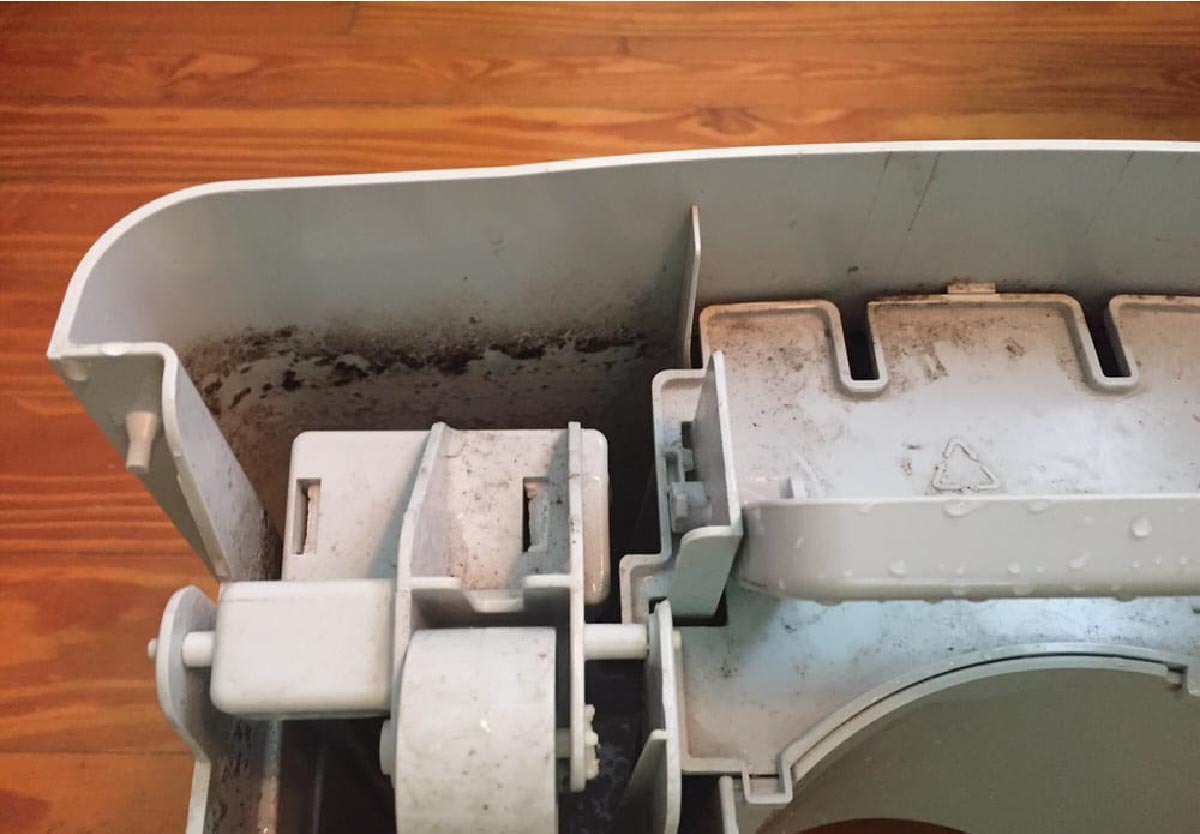


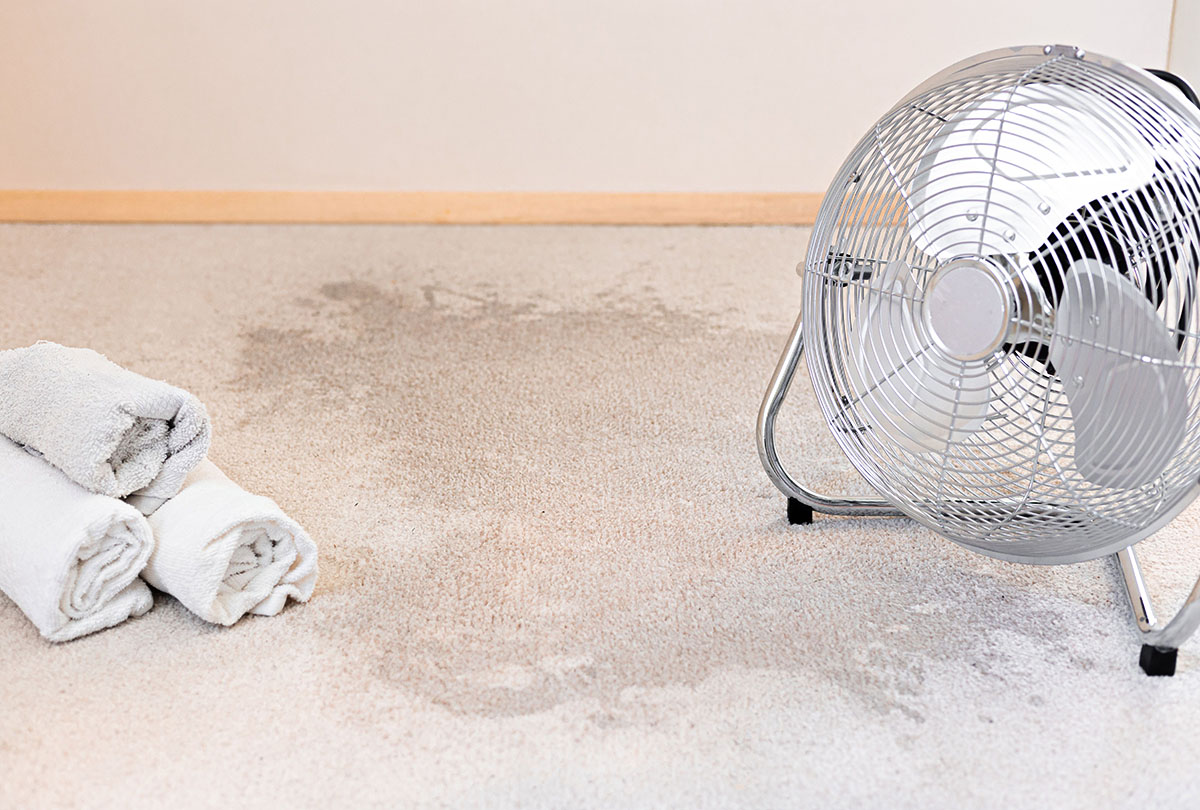
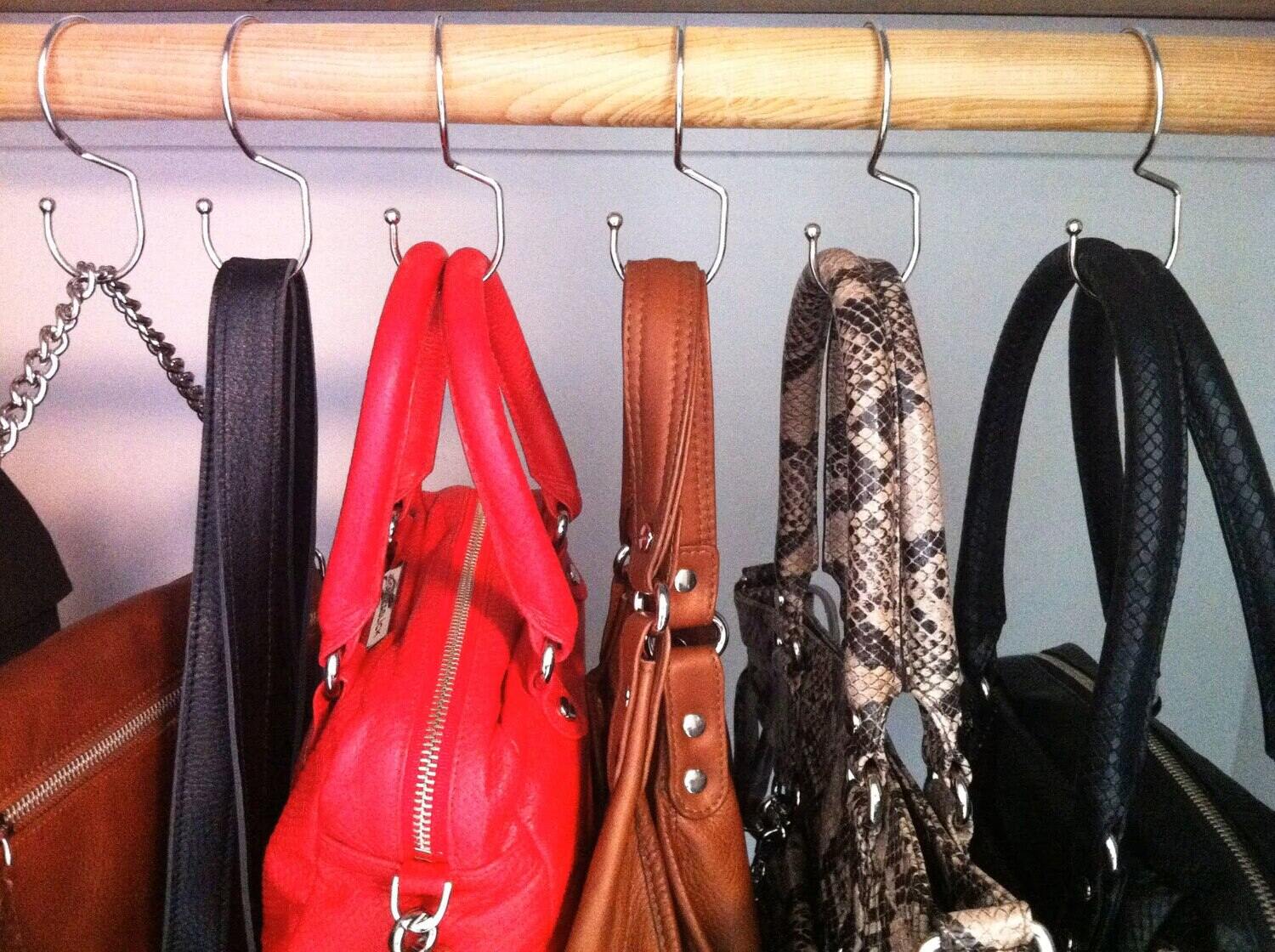
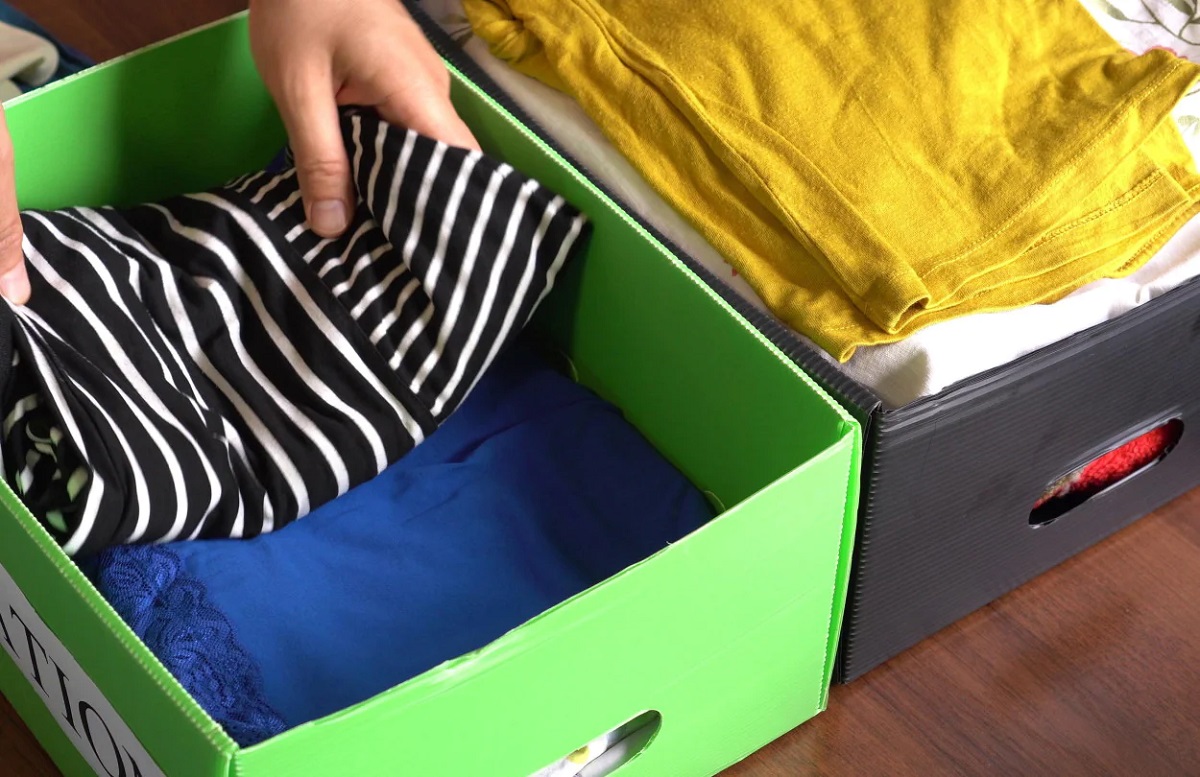
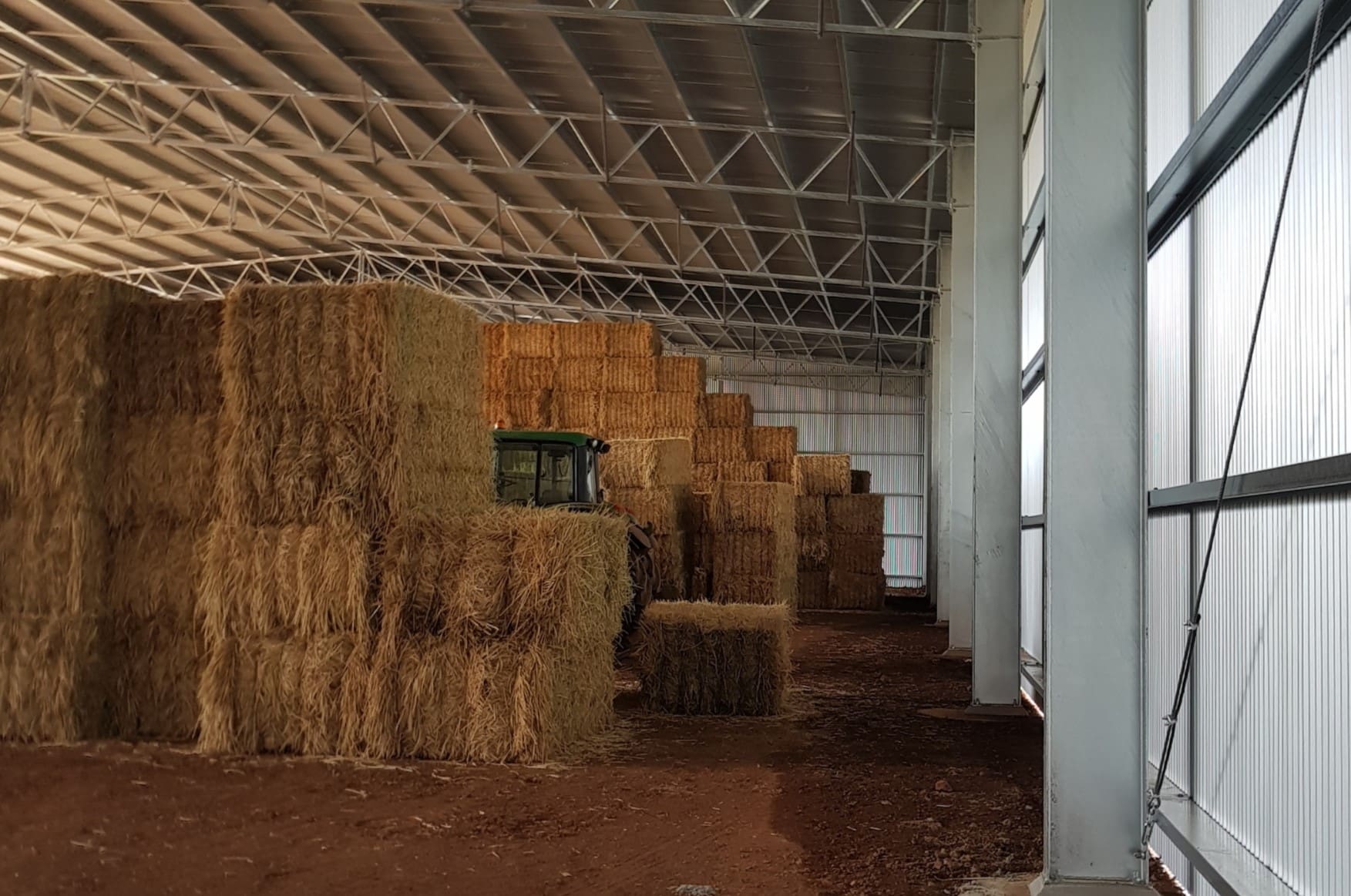
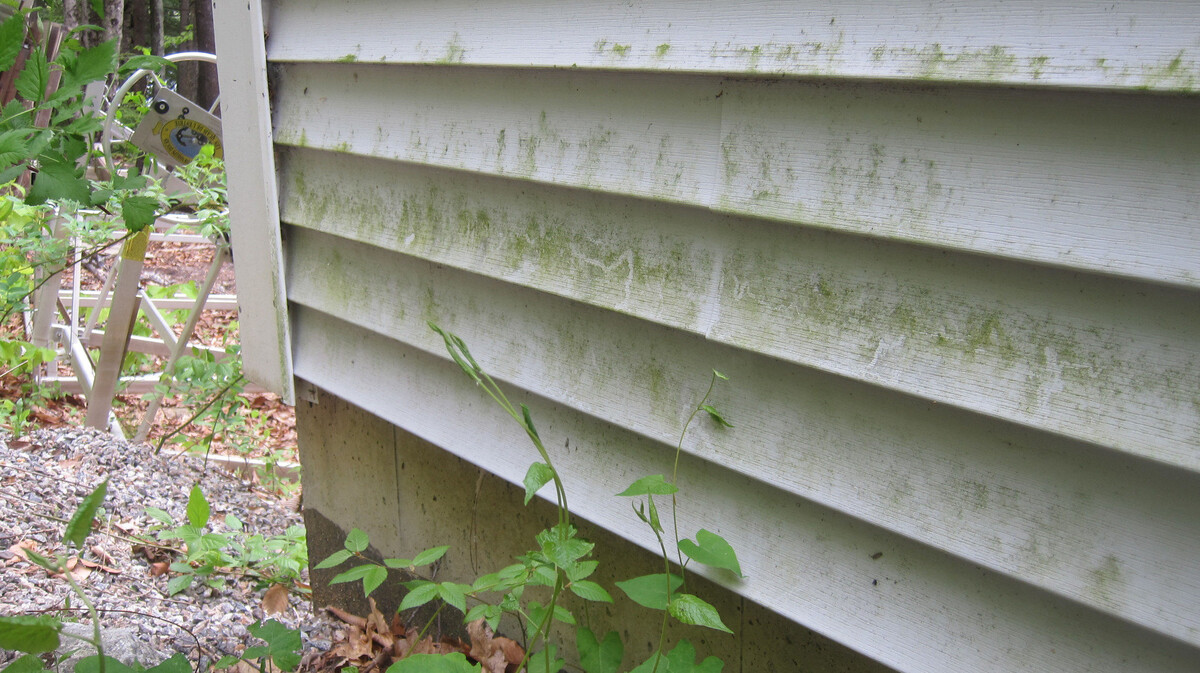
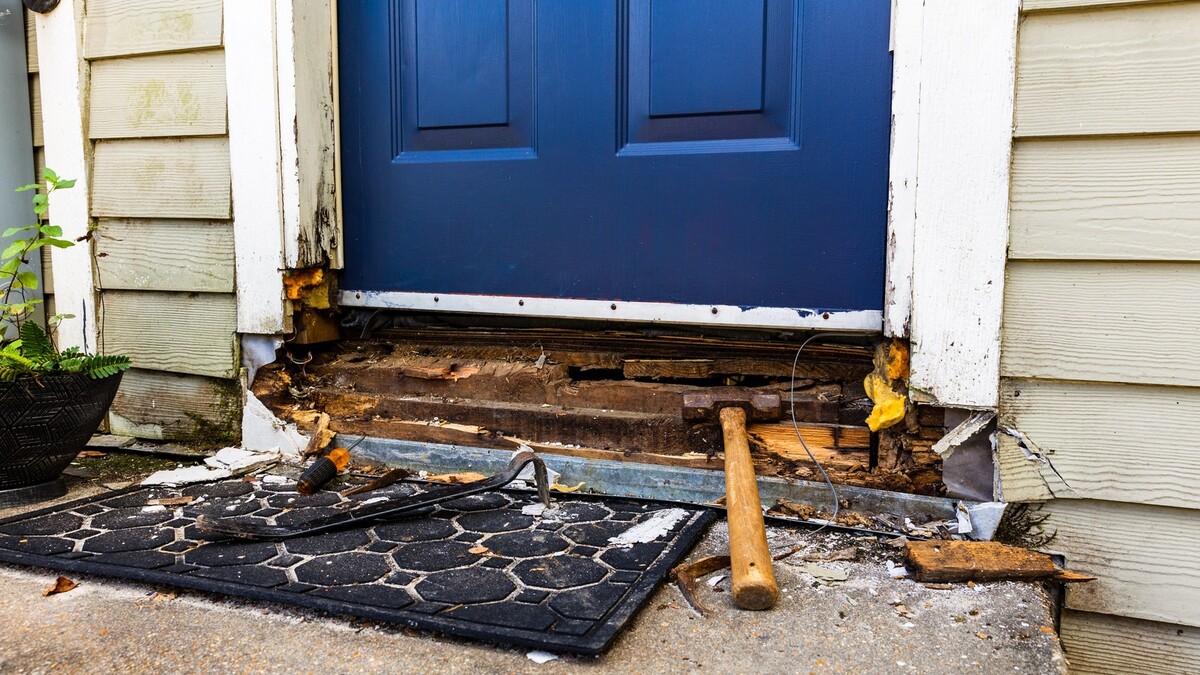
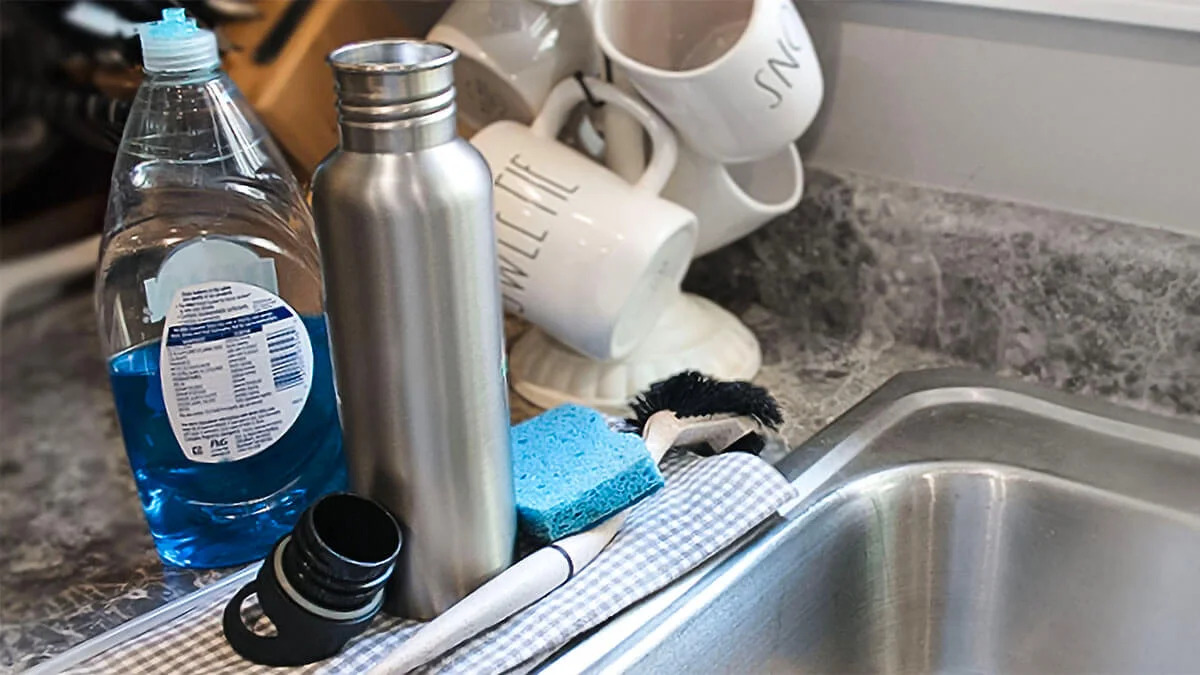
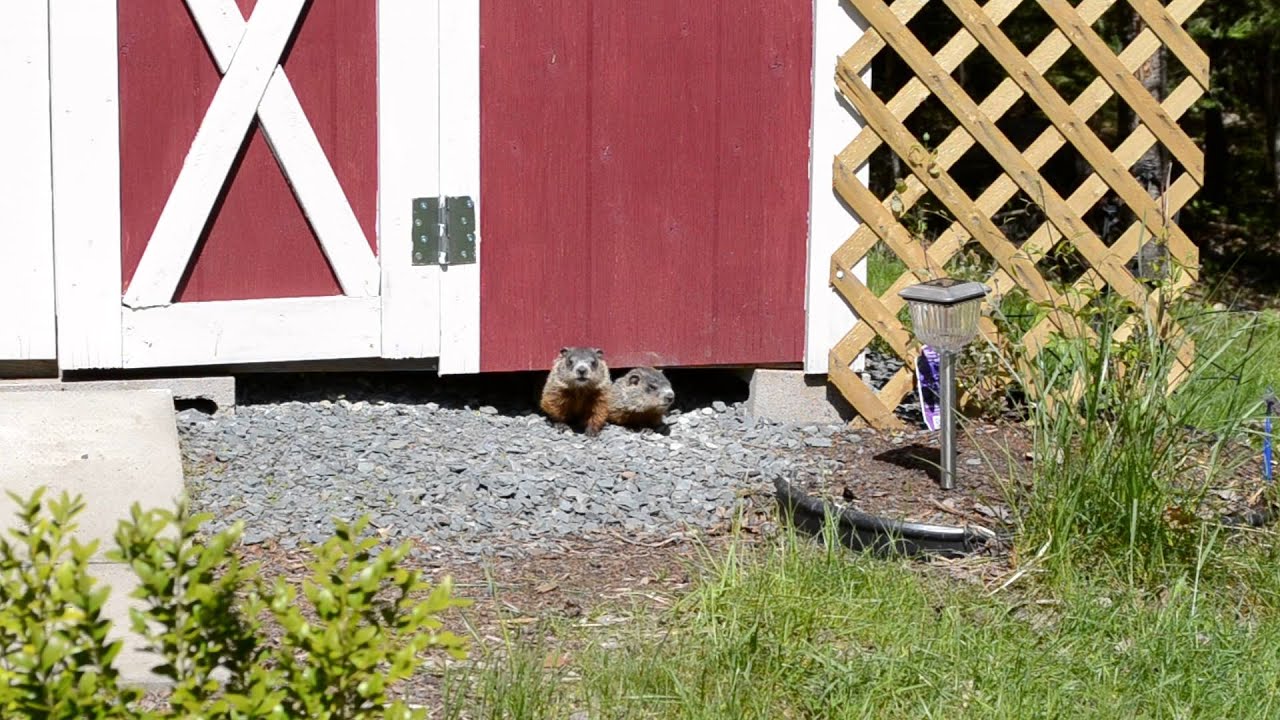
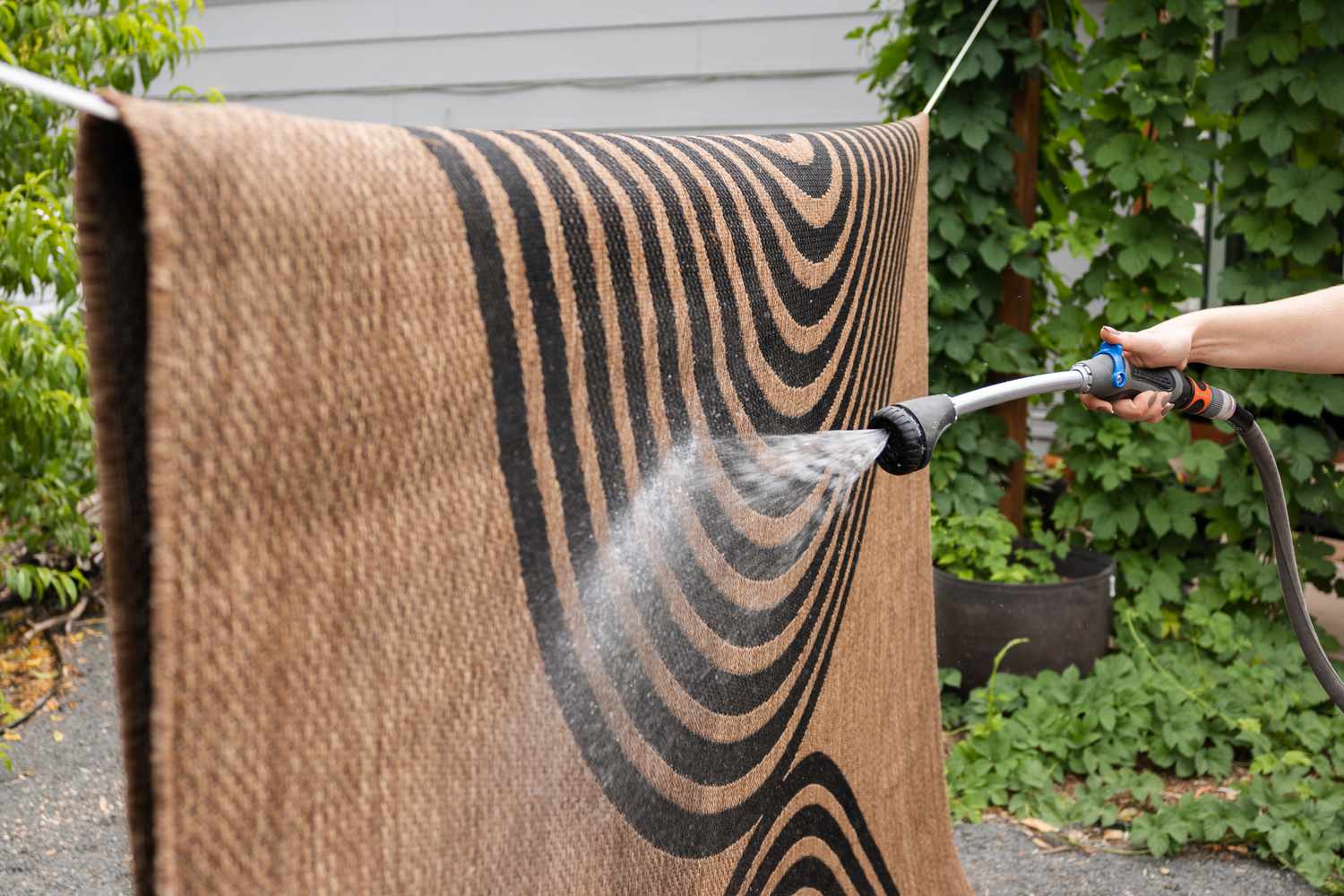

0 thoughts on “How To Prevent Mold In Outdoor Shed”